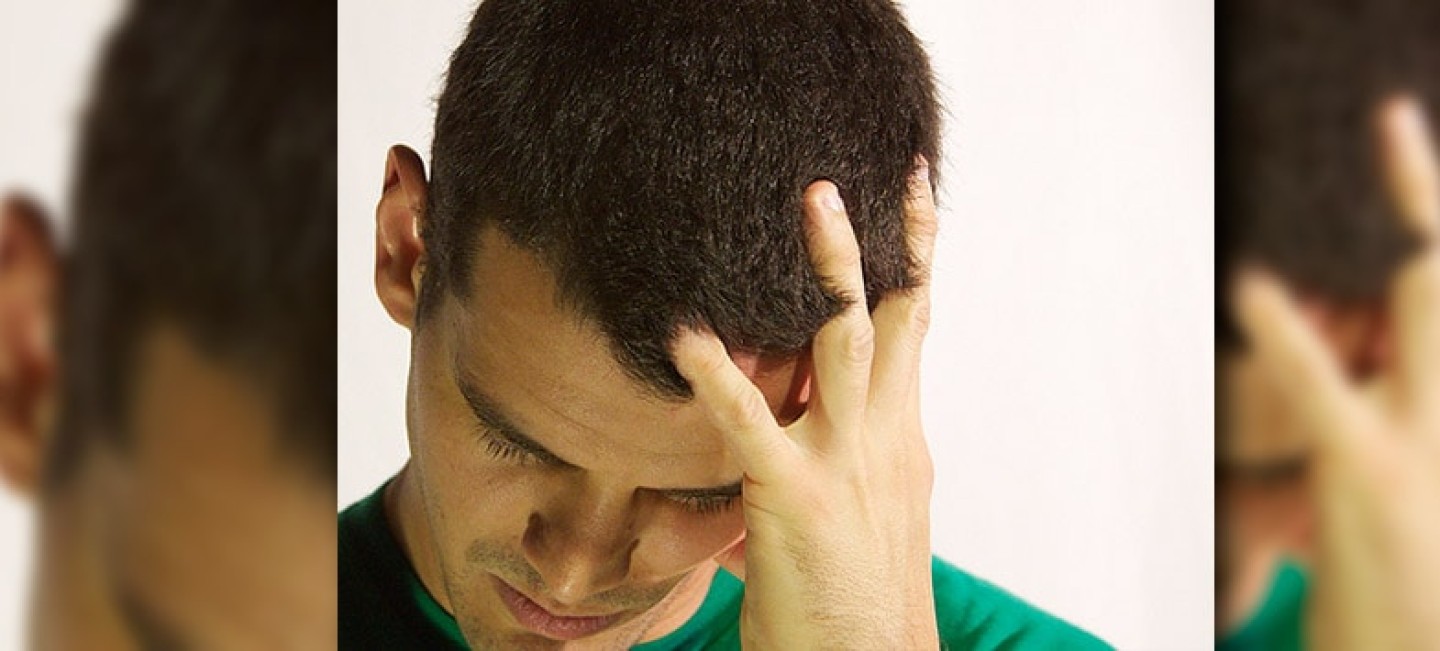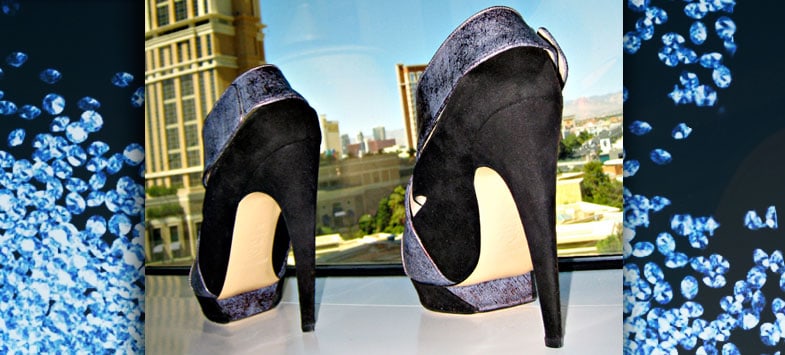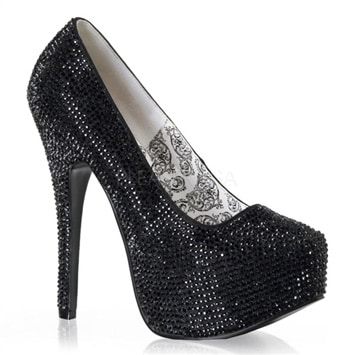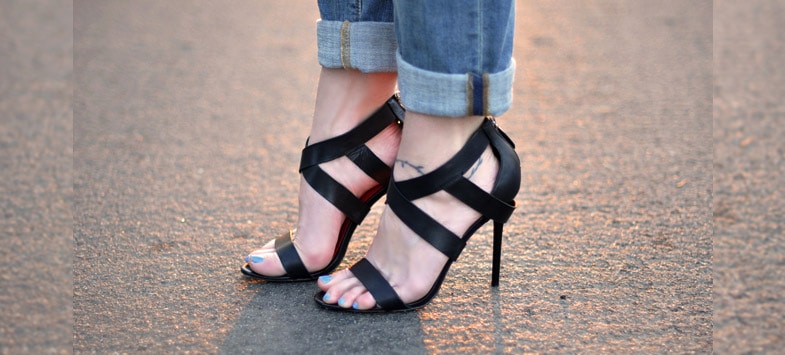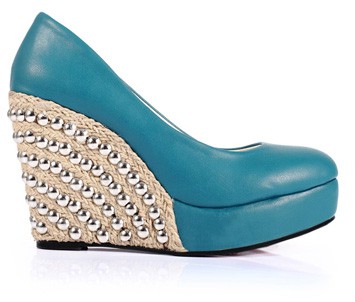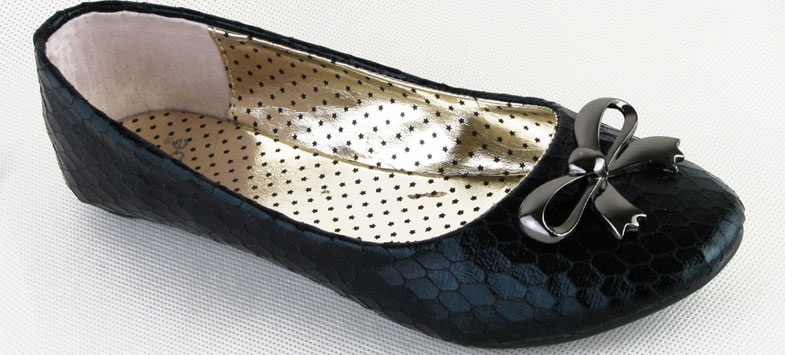How to overcome fear of failure? Just do whatever you’re scared of, apparently.
A fear of failure can cripple the strongest of us all and could be the only force holding us back from success. It’s easy enough to play it safe, dumb down ideas, numb your ambitions and think inside the box.
If there are no physical barriers stopping you from moving forward, the only barrier is your mind. Even physical barriers can be circumvented when you put your mind to it.
Most people underestimate their capabilities to achieve success and also their ability to recover from failure. It is often heard within the entrepreneurial Startup community,
“Fail fast and fail often.”
Essentially, don’t get tangled up in failures. Move on quickly and re-try your ideas in different ways, or try entirely new ideas. Don’t dwell on failure for too long. Each failure is an opportunity to learn from your mistakes.
Those of us while growing up often heard Disney movie quotes as profound words of encouragement,
“You’re braver than you believe, stronger than you seem, and smarter than you think.”
Theodore Roosevelt said,
“It is hard to fail, but it is worse never to have tried to succeed.”
Even the wealthiest and most successful people have failed miserably at some point in their lives. For example:
- Steve Jobs was fired from Apple in 1985, only to be resurrected in 1997 leading to the development of the iMac, iPod, iPhone, iPad and taking his company to be the most valuable in the world by the time of his death in 2011.
- Warren Buffet, billionaire businessmen, was rejected by Harvard University.
- Richard Branson, owner of the Virgin empire, is a high school dropout.
Atychiphobia: The Fear Of Failure
Often, the psychological fear of failure can be linked to ones childhood or teenage years. For example, overbearing or unsupportive parents, siblings or teachers could be the trigger for some people.
A child routinely humiliated carries those negative feelings into adulthood. Humiliation in adult years can also develop into a fear of failure.
How To Overcome Fear Of Failure
Philosopher, Elbert Hubbard said,
“The greatest mistake you can make in life is to continually be afraid you will make one.”
The following strategies will help you put risk and reward in perspective so you can overcome the fear of failure.
1. Consider The Price Of Missed Opportunities
Netscape founder, Marc Andreessen, said,
“The issue is that without taking risk, you can’t exploit any opportunities. You can live a quiet and reasonably happy life, but you are unlikely to create something new, and you are unlikely to make your mark on the world.”
With bigger risks come bigger rewards. If you’ve ever had an idea only to find years later someone else actually bring it to life while you sat around and did nothing, you’ll understand the price of missed opportunities.
2. Research The Alternatives
A big source of fear is the fear of the unknown. The unknown tends to make us think of the worst case scenario and potential consequences of your actions seem far worse than they actually would be in reality.
Instead of making assumptions, research good and bad aspects of your idea and the potential risks and rewards. This will help you understand the bigger picture and feel more comfortable with it, leading to more logical decisions.
3. The Worst-Case Scenario Has 0.00001% Chance Of Occurring
Tim Ferriss, author of the 4-Hour Workweek asks,
“If you chase your dreams and fall flat on your face, worst-case scenario, how long will it take you to recover?”
The reality is probably less than you expect. How difficult would it be to find another job? As long as you didn’t put all your cards on the table and lose everything you own or cherish, you could probably recover completely within a few months.
Don’t be afraid of the unlikely worst case scenario. Daring to fail doesn’t mean you have to risk losing it all. Fearing a few difficult months will bind you to a mediocre lifestyle, forever.
4. The Benefits Of Failure
19th century poet, Ralph Emerson once said,
“All life is an experiment. The more experiments you make the better.”
Consider each failure as an experiment and the knowledge gained as an opportunity for growth.
5. Make A Contingency Plan
Benjamin Franklin gave sage advice when he said,
“By failing to prepare, you are preparing to fail.”
Another way how to overcome the fear of failure is to reduce the risk by creating a contingency plan.
You can capture the benefits of high risk opportunities if you manage that risk cautiously, while also leaving yourself a safety net.
6. Just Do It
Build self-confidence and put fear aside by taking action. The best time to start is now.
By taking small steps and building up your confidence, overcoming the fear of failure is more manageable.
“Failure leads to the evolution of ideas.” – Justin Cohen, editor of Inscribd
Look at failure as an incredible learning experience.
Posts related to How To Overcome Fear Of Failure
49 Quotes On Success To Inspire Even The Laziest Slacker 7 Essential Tips From Famous Entrepreneurs
7 Essential Tips From Famous Entrepreneurs 41 Short Inspirational Quotes To Get You Motivated
41 Short Inspirational Quotes To Get You Motivated 19 Bill Gates Quotes About Business And The Real World
19 Bill Gates Quotes About Business And The Real World
Tags: Atychiphobiafear of failureHow To Overcome Fear Of Failureovercome fear
